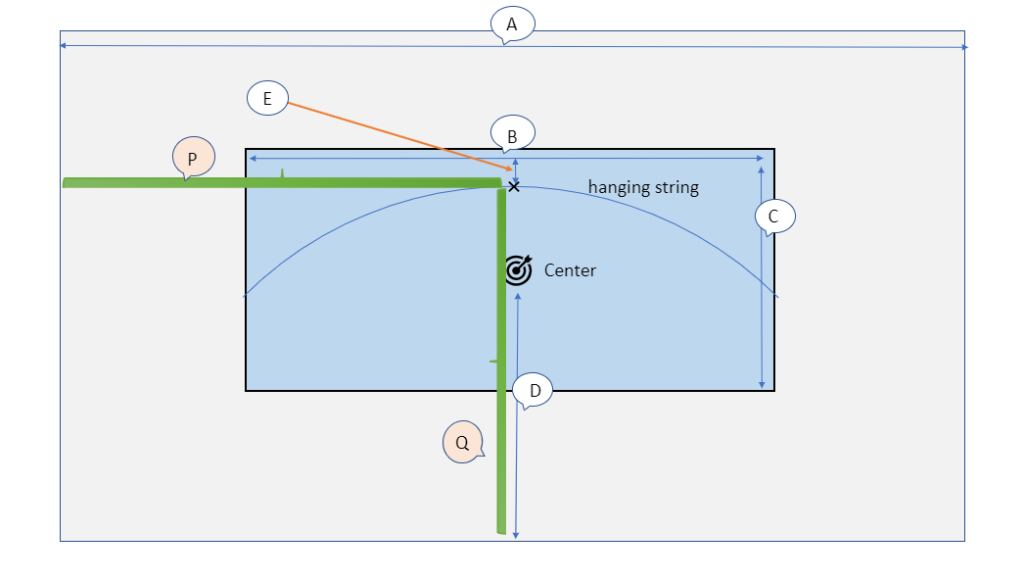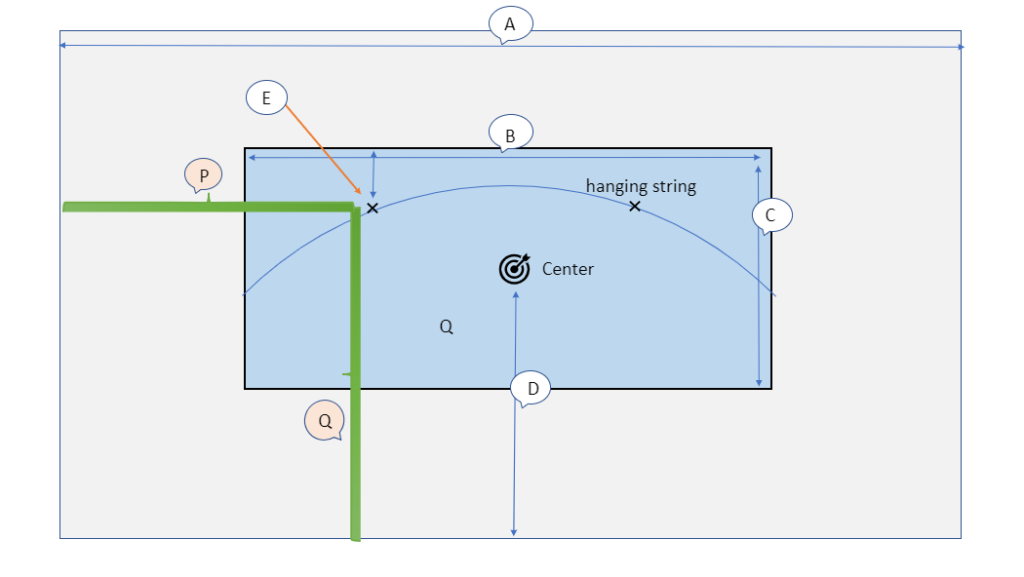Are you faced with big empty walls and want to display impactful artworks, but you’re unsure how to position them and afraid of drilling incorrect holes? Trust me, you’re not alone.

Honestly, I’ve made mistakes myself when I started. I drilled walls and later regretted it. If you were to scan my house, you’d find “bullet holes” in almost every wall, as if my house has been through battlefields over the years. Fortunately, my walls are forgiving. I patch them up, paint over them, and you won’t notice a trace.
I’ve learned from my mistakes and developed a formula to determine exactly where you should drill holes in your walls. I hope this will help you save time, reduce stress, and protect your walls from unnecessary casualties.
Before we begin, let’s address the most common mistakes people make when hanging artworks:
- Hanging too high off the floor: The center of the frame should be positioned between 150 cm to 160 cm off the floor, approximately eye level, to avoid straining your eyes.
- Lack of levelness: Use a level ruler to ensure the artwork is hung straight. If the distance is greater than the ruler’s length, use a string to check if it’s leveled.
- Artwork too small for the wall: Remember, big walls call for big frames. If the frame is too small for the wall space, consider creating a collection of art pieces instead of displaying a single one. I will write a separate post about gallery walls in the future.
Please note that this post isn’t about the physical tools required to hang artworks but rather a mathematical tool (yes, I love math as an Asian) to help you determine where to drill holes for visually pleasing artwork placement. For those who aren’t fond of math, I’ve included two pictures to assist you
First:
– Work out the area where you want to hang the art.
For a large artwork requiring one hanging spot, use the following formula: 
- A: wall width
- B: picture width
- C: picture height
- D: 150cm (up to 160 cm) from the floor to the center of the frame
- E: Measurement from the hanging string to the top edge of the frame
P (horizontal distance from the wall edge) = A/2
Q (vertical distance off the floor) = D+ (C/2)-E
For a large artwork requiring two hanging spots,

- A: wall width
- B: picture width
- C: picture height
- D: 150cm (up to 160 cm) from floor to the center of the frame
- E: Measurement from the hanging string to the top edge of the frame
P (horizontal distance from the wall edge) = A/2 -B/4
Q (vertical distance off the floor) = D+ (C/2)-E
The Q value remains the same, while the P value changes to distribute the weight equally between the two spots.
Once you’ve calculated P and Q, measure and mark an “X” on the designated spots on the wall. Repeat the process for the other side.
Hints:
- Use a cross “X” mark on the wall to avoid it getting easily lost.
There you have it—simple math. Hanging large artworks no longer feels daunting. Get your kids involved; they’ll love the challenge.
